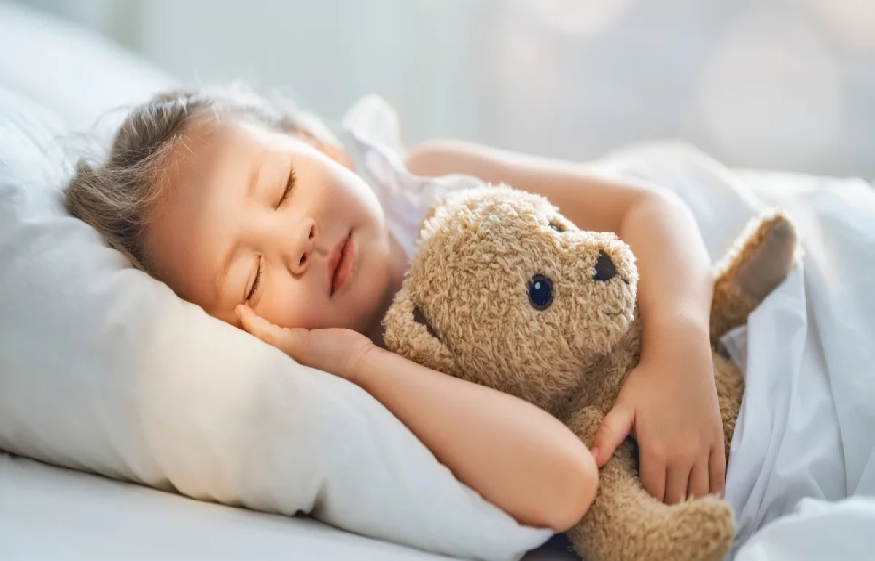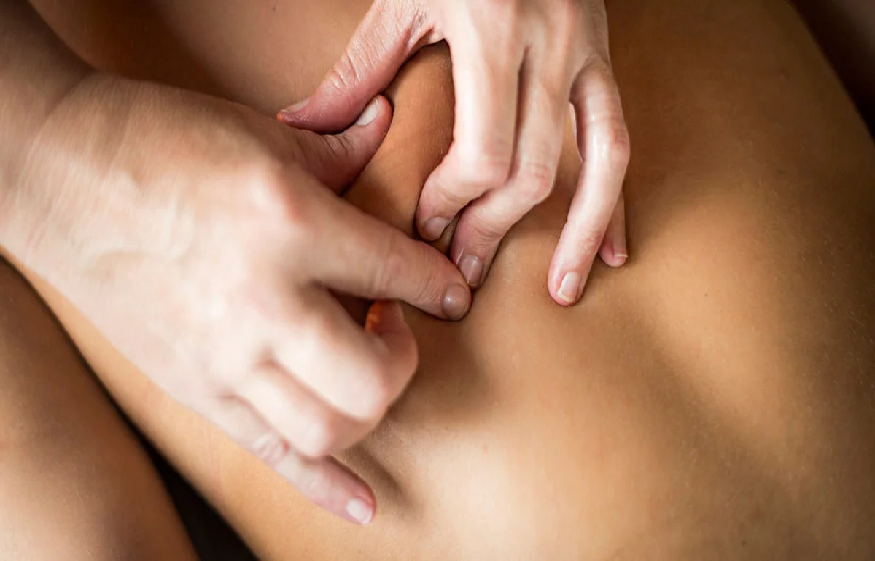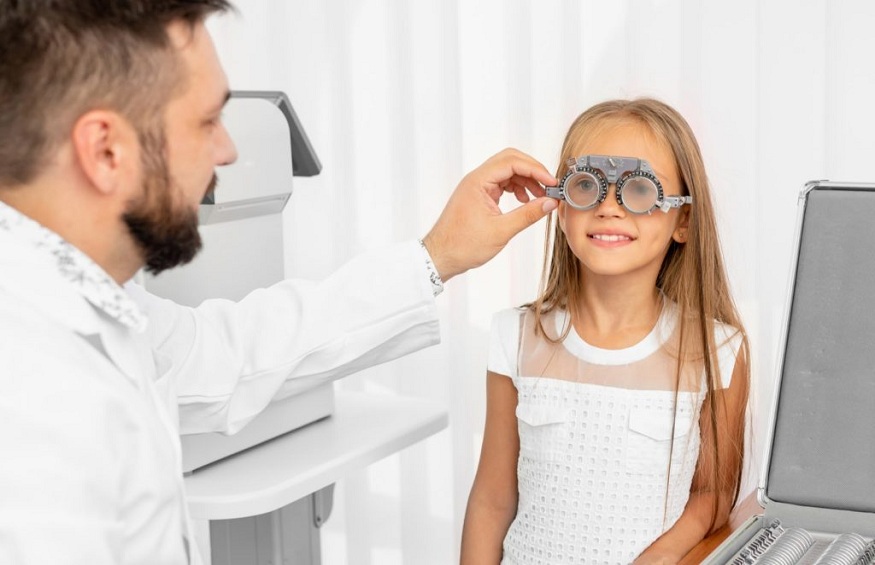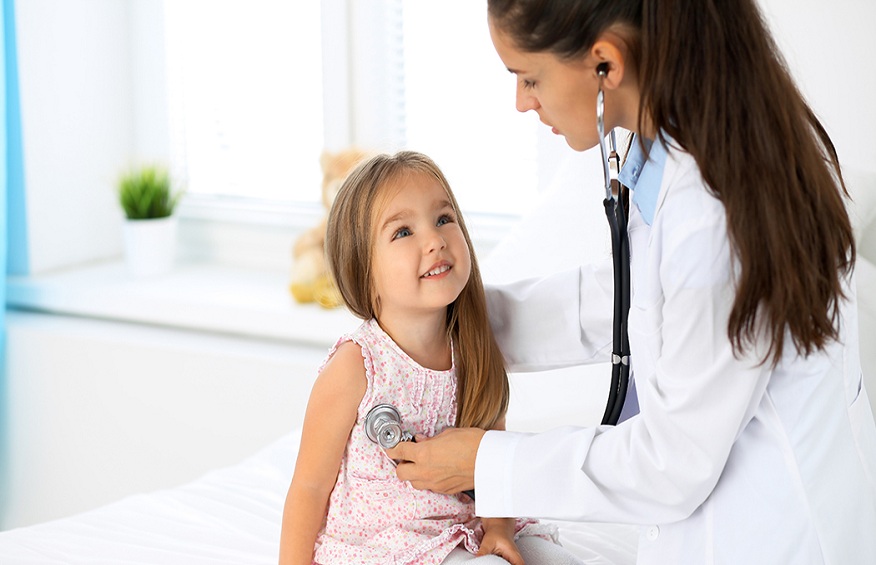Expose the stages of childhood and at what point we can consider that Enuresis suffering child or is prone to it. Although human life is divided into three major stages: childhood, adulthood and old age, within these, we find particularities and subdivisions that help us better understand our development and the needs of each of these. For example, in the case of childhood, we can organise it into two large groups: first and second childhood.
The most critical period of your little ones
Early childhood is a period from birth to 6 years old; it is a stage in which hygiene, behaviour and socialisation habits are established and developed. It is also when children acquire the axiological foundations of their society, learn the rules through living with their nuclear family and understand the rules of socialisation with their peers in preschool. It is such an important period in the life of a human being that some authors claim it will mark people’s behaviour for life.
Physiologically, it is the phase in which we begin to know our body and use it to communicate with the world. Therefore, all our movements are clumsy and uncoordinated; we are very sensitive to changes in the environment and have little control of the sphincters, which means that having accidents with urine is natural since the power of the body has not been fully established; too many situations that surround the moment in which the little ones realise that they need to go to the bathroom. So, for example, if a 5-year-old is playing in the park, he will drink a lot of water and need to go to the bathroom. However, the game will be more critical, and he will likely ignore his physiological needs. Enuresis cannot be considered during this stage due to some accidents with urine.
Second childhood
On the other hand, the second childhood. The period that begins between 6 and 7 years, according to the stimulation each child has received, is when fine and gross motor skills are better established. That is, we can better control our actions, movements with the legs and arms, fine movements with the hands and other activities that require control of all extremities and attention, such as running, jumping or moving through small spaces. We can also recognise the difference between public and private spaces, which leads us to look for moments of intimacy to go to the bathroom or clean up, the basic social rules are established, and we can recognise that going to the toilet in public spaces is not correct. We even feel ashamed of it happening.
The importance of toilet training
It is a time when “peeing” can mean an accident that comes from a particular situation if it is occasional or a medical problem if it is recurrent. For example, if a 6-year-old is in a stressful situation or has an accident in bed. However, if there is no apparent reason why the child doesn’t want to get out of bed to go to the bathroom and accidents happen 2-3 times a week, it’s essential to check with his paediatrician.
Feeding children suffering from Enuresis is significant, especially following a treatment ( known as urotherapy ).
These routines may consist of modifying the frequency and times of intake of some foods and drinks and avoiding others. Therefore, it is essential that before establishing l or, the first step is to evaluate the patient.
Now, speaking of liquids specifically, it is highly recommended to maintain good hydration from when you wake up until the afternoon (7 pm); after this time, the recommendation is to reduce the amount of water or liquids. Therefore, the ideal period between the last liquid intake and going to bed is two hours.
Let’s talk about solid foods: In general, a good practice for children with bedwetting is to have a diet high in vitamins and minerals but low in calcium and sodium; this is because the increase in calcium in the urine, known as hypercalciuria, it stimulates the elimination of water.
Some studies have associated a decrease in vitamin B12 and folic acid with bedwetting, which is why foods containing these nutrients are recommended to foods such as fish, shellfish, organ meats, egg yolks and cereals.
Next, a classification of foods that can guide you in the feeding dynamics of your son or daughter :
Recommended foods
- Vegetables ( spinach, chard, cauliflower, radicchio, cabbage, legumes, tomato, eggplant, pepper, beans, cucumber, asparagus, celery, peas, lettuce and kale )
- Fish ( tuna, salmon, sardines, sea bream, sea bass, sole )
- Seafood
- Nuts
- Cereals ( oat germ, puffed rice, corn flakes, muesli, wheat berry, wheat bran )
Foods not recommended in the afternoon
- Yogurt
- Water
- Fruits such as pineapple, melon, apple, watermelon, banana or apricot
- milk
- Mozzarella, cottage, cream or ricotta cheese
The foods included in this group are necessary for a proper diet in children. However, eating them in the afternoon is not recommended because they contain a lot of liquids.
Foods not recommended
- Salt ( this includes fried foods, candies with chilli, etc. )
- Chocolate or cocoa
- Tea
- Coffee
- Carbonated drinks
- Fruit juice ( especially grapefruit and orange )
- mature cheeses
- Aspartame and artificial sweeteners
Most non-recommended Foods stimulate the bladder muscle more than usual and cause the bladder to empty more often. Therefore, paying attention to and treating children with constipation symptoms is essential. On many occasions, correcting this helps to improve or even disappear Enuresis.
A healthy diet can be a determining factor in the treatment of bedwetting.





